The content of the article
The age of technological progress leaves its mark on modern man. More and more people are using filters or integrated systems for water treatment. As a rule, such equipment is quite expensive, for these reasons experienced housewives are looking for alternative options. One of the effective methods of purification is considered to be the preparation of "living" (structured) water. According to its characteristics, the composition is a thawed liquid without heavy impurities.
Method number 1. Freezing in pots
- As a rule, the preparation of "living" water is not particularly difficult. At first, the process may seem impossible, but after a while you get used to it.
- Isomers and heavy impurities are present in running water. One of the "pests" is deuterium - a component that makes water heavy. It freezes the very first (temperature is about 3.7 degrees).
- Further light isomers, which are also contained on the surface, freeze. The temperature regime for their freezing varies between 1-1.2 degrees. For the human body, water molecules that freeze at a temperature of -1-0 degrees are considered the most useful.
- To start cooking, get bottled water or pass the liquid through a household filter. Pour water into a pan, send it to the freezer. When a thin crust of ice forms on the surface, this means that deuterium has solidified. The liquid reached a temperature of 3.7 degrees, you need to get rid of this crust of ice.
- Pour the remaining water into the second pan and put it in the freezer again. The liquid will begin to solidify, wait until 2/3 of the total water volume is frozen. Ultralight isomers that are not beneficial for the human body will remain in the inner part. Get rid of the fluid concentrated inside; it contains all impurities.
- The remaining 2/3 of the ice is “living” water, which is optimal for human consumption. Melt it under natural conditions, transfer it to a clean bottle, and store in the refrigerator for no longer than 24 hours. Use one glass before a meal or while eating.
Method number 2. Freezing in glasses
- If you do not have time and desire to bother with the preparation of water in two stages, do otherwise. Prepare a few glass or ceramic glasses, fill them with filtered water. Retreat from the edges of the dishes by 1.5-2 cm.
- Send the containers with liquid to the freezer, wait until they solidify completely. After that, remove the prepared ice from glasses / mugs, rinse the block under the tap with cold water. Thus, you will get rid of heavy impurities that harden in the first place.
- Move the ice that you already rinsed into a deep bowl. Let it melt 2/3. In the middle you will have a small piece of ice resembling a walnut in size. Throw out the middle (not melted piece), it contains salts and metals.
- Melted ice - this is none other than structured water. To make it more useful, put the bowl on the windowsill, leave it in direct sunlight. After 15 minutes, start pouring water from one bowl to another to fill it with oxygen.
- The prepared liquid retains its useful qualities for 24 hours if stored at a temperature of 7-10 degrees. When heated, the composition loses its precious properties and becomes unusable ("dead water").
Method number 3. Container freeze
- If you prepare structured water in this way, you will see that the liquid has become crystal clear. This indicates the complete removal of heavy metals and salts from the water structure. The technique is suitable for those who want to freeze water on a large family.
- Prepare a two-liter plastic container for storing food or heating dishes in the microwave. Fill it with water, 2 cm from the edges. Wait for the liquid to solidify, usually a period of 10 hours.
- You need to freeze ¾ of the composition, in the core of the container you will see unfrozen liquid, you need to remove it. To do this, heat the knife over a fire or a lighter, pierce a block of ice. Pour the dirty water, allow the remaining ice to melt.
- Open the freezer periodically and make sure that the ice does not freeze completely. Thanks to such manipulations, salts and impurities will accumulate in the middle of the ice, and useful water will freeze on the sides.
- If you believe the myths, you can pierce the ice with a heated tablespoon. Sages claim that sharp objects destroy energy. It all depends on personal preferences, act as you wish. The resulting water should be consumed within a day.
Method number 4. Freezing in a plastic bottle
- The option is suitable for everyone, without exception, it does not require skill and special skills. Prepare a plastic bottle of any volume (preferably 1 or 2 liters). Fill the container with tap or pre-filtered water by 85%, seal tightly with lids.
- Line the freezer with cardboard or parchment paper, place the water bottles in the cavity. Wait until the liquid is completely frozen, then remove the container and open the lids. Leave at room temperature until thawed.
- First, the liquid will start to freeze at the edges, pour 10% of the water. Next, you need to wait until complete thawing, and then proceed to use. Such a composition is good for health, but there is an important feature. You can’t drink all the water from the bottle; salts, about 130 ml, will settle on the bottom. the remaining liquid must be poured out.
There are several options for preparing structured water, we examined each of them in order. Choose the method you like, begin to translate it into reality.
Video: how to prepare live water without a distiller

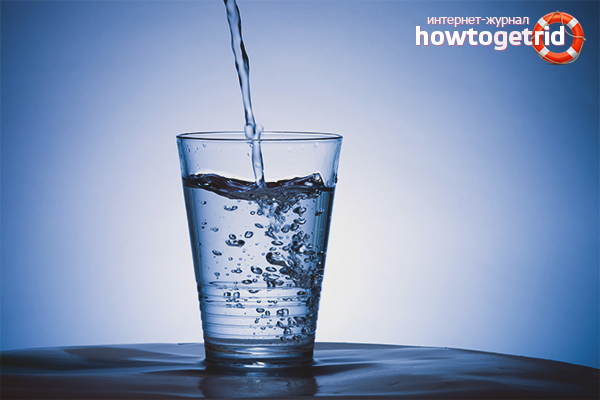

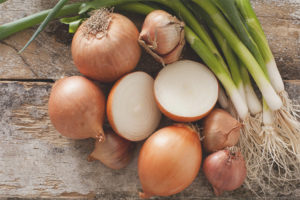
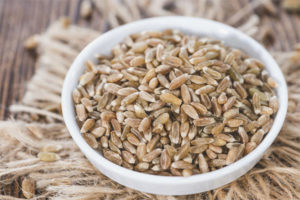
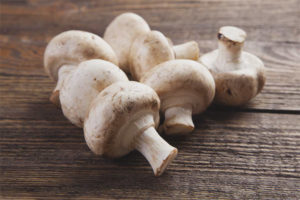
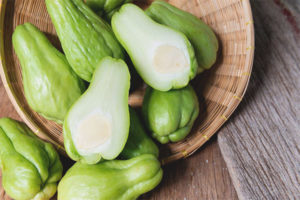
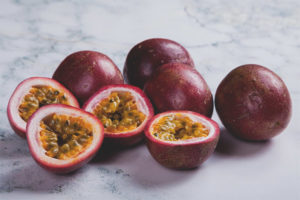
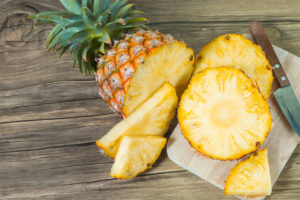
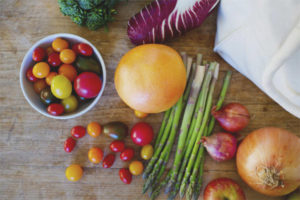
Submit